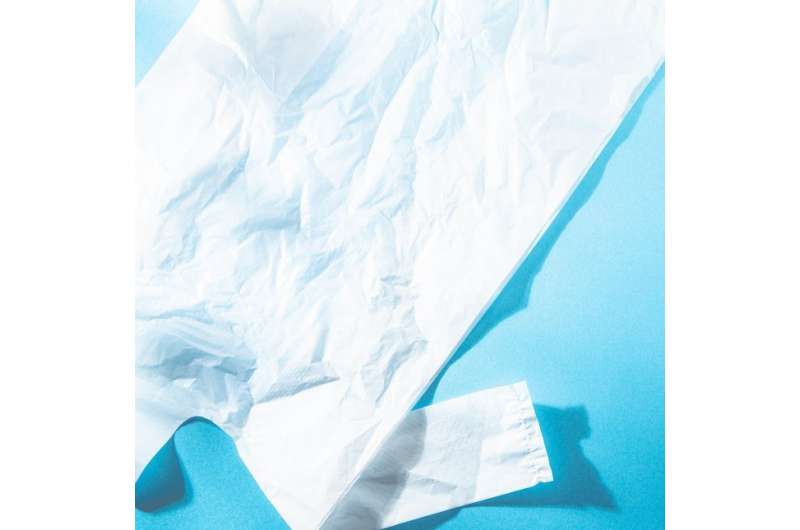
The use of plastics on a daily
basis is inherent to modern life. The most produced and utilized family of
plastics are polyolefins, which are used in packaging materials, toys, lawn
chairs, and extremely strong fibers and ropes. During his Ph.D. research, Simon
Houben investigated how the properties of polyolefins can be changed for use in
new applications such as water purification, separation of gasses, and in soft
robotics.
Polyolefins are the most commonly used synthetic polymers, and are used in a variety of applications. For example, polyethylene (PE), which has the largest production volume, is used to make packaging and toys, while polypropylene (PP) is used in furniture, labeling, and membranes. Over the past decade or so, the properties of some polyolefins have been changed so that their shape and color can change in response to stimuli like light or changes in temperature.
Figuring out the fiber
For his Ph.D. research, Simon Houben explored ways of changing polyolefins so that they could be used in new applications such as water purification, separating gasses, and in soft actuators for robotics.
To start, Houben looked at new ways to process polyolefins to make fibers. In the case of commercially available polyolefin fibers, a volatile solvent is often used during fabrication, with the associated risks of potentially large, negative environmental impacts. With his colleagues in the Stimuli-Responsive Functional Materials group in the department of Chemical Engineering and Chemistry, he found a way to replace these volatile solvents with a special type of candle wax. This new method provides clear pathways for recycling polyolefin waste into fibers in the future.
Changing properties
For the rest of the research, Houben focused on adding new functions to polyolefins so their use could be extended to new applications. A fabrication method was developed to make a composite material from a porous polypropylene and a nanostructured responsive material. As the polypropylene has pores, Houben was able to deposit a very thin layer of the responsive material (about the same thickness as 1/25th of a human hair) inside the porous structure, and this composite was used in three different applications.
From gas separation to soft robotics
First, the material was used to make a dynamic gas separation membrane. By changing the environmental acidity, the responsive layer could switch between an ordered, highly structured state and a disordered state. Houben noted that these two states have large differences in gas permeabilities: the disordered state had a 10-fold increase of permeability compared to the ordered state, meaning that the membrane could be repeatedly and reversibly tuned to separate particular gasses.
For a second application, Houben used the material as a membrane for water purification. The nanostructure of the composite had very thin slits, which could act like a sieve and filter out small particles or molecules from water. This molecular sieve could be used to clean water, remove discarded medicines from drinking water, or even recover valuable nutrients from waste streams.
Finally, Houben explored how the composite could be used to make soft actuators for soft robots. By changing the environmental acidity, the polyolefin film was able to change its shape. In addition, by using ions, Houben could program shapes into the film, and these programmed shapes could be erased and reprogrammed as desired. The capability of reprogramming the materials makes it possible to use these materials as soft actuators, providing opportunities for soft-robotics or lab-on-chip applications.
This research demonstrated that modified polyolefins can be used for a broad range of applications. This work should be a source of inspiration for researchers to find new methods to reuse, reinvent, or discover new roles for materials that we been using for other applications for decades.

 Previous page
Previous page Back to top
Back to top







